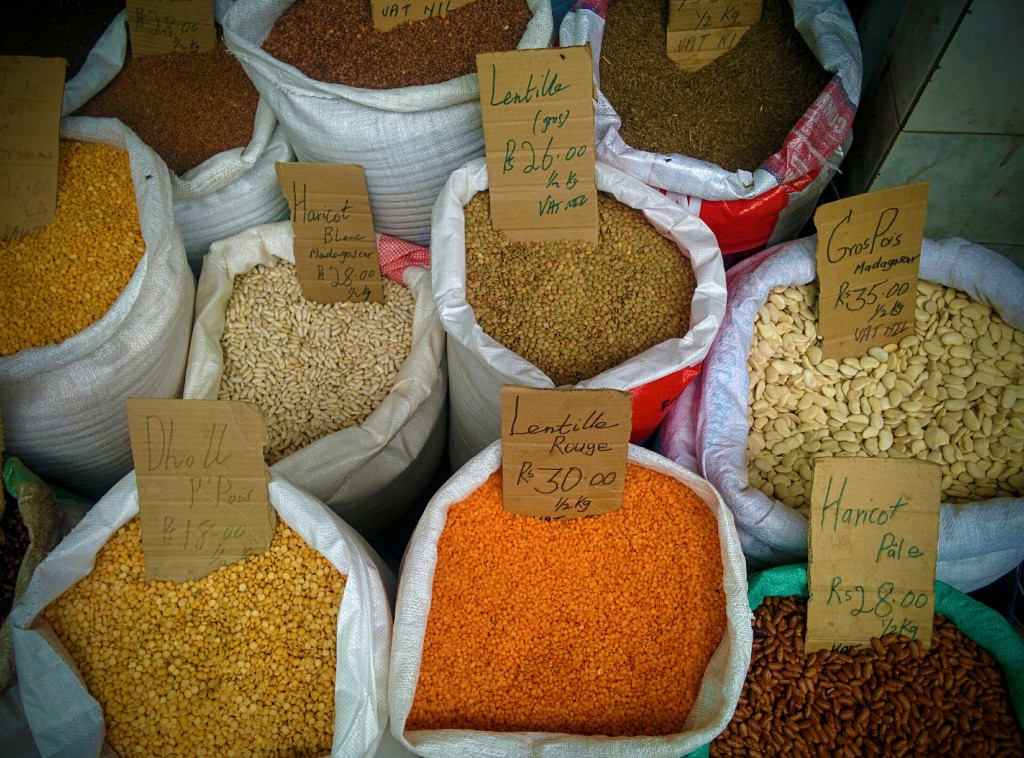Sustainable living: The alternative of legumes
2016 has been declared the year of pulses by the United Nations’ Food & Agriculture Organization. All legumes such as beans, peas, lentils and chickpeas are included in the nutritious group we aim to promote, since an increase in their consumption can improve nutrition levels and alleviate environmental impacts world-wide.
But what is it about legumes that makes them so special?
- They are nutritious whole foods
Legumes are a rich source of proteins, fibre and nutrients. They have double the proteins found in wheat and triple the amount found in rice. When combined with cereals or other starch they can form proteins as complete as the ones from animal source. Pulses are also rich in vital minerals (iron, magnesium, potassium, phosphorus, zinc) and vitamins from the B group. So go ahead and cook as many nutritious meals with them as you want, since their fat content is fairly low and they have zero cholesterol.
Trying to lose some weight? When consumed regularly, legumes help control the levels of sugar in your blood, being a great support to fight obesity, diabetes and cholesterol.
- They support sustainable agriculture
An important attribute of legumes is that they help fix the atmospheric nitrogen into the earth, thus improving the quality of the soil. Some species can also liberate phosphorus into the ground. The presence of such nutrients is essential for growing plants, and the possibility of obtaining those fertilizers naturally implies that farmers don’t need to introduce chemicals. Pulses also help the diversification of crops; if included within the crop rotation they interrupt insect cycles and allow the same landfill to be productive for many more years.
- High yields, low wastage!
In relation to their yield and to other crops, legumes have the least wastage percentage, making it an ecological source of nutrients. Pulses do not require of refrigeration or special packaging to maintain all their nutritious value, for which they can be dry stored for months without spoiling.
- They mitigate climate change
Legumes’ water footprint is minimal compared to that one of other proteins sources, where 1 Kg of cooked meat requires 10 times more water than the used for 1 Kg of boiled lentils. As for greenhouse gases they help through the natural fixation of nitrogen and phosphorus into the soil, meaning that no chemical fertilizers need to be used for their growth.
Due to their wide genetic diversity we are able to pick and develop improved varieties of legumes that are resistant to climate change. Scientists are developing varieties of legumes that can grow even in temperatures 4 to 5 degrees hotter than actual ones, making them a sustainable crop for our future.
- They fight rural poverty
Pulses represent an affordable alternative to more expensive animal-based proteins, ideal to improve diets in developing countries where 1 Kg of poultry can be 250% more expensive than 1 Kg of lentils or beans.
On the other side of the coin, they represent a great opportunity for farmers who can grow and sell them at two to three times the price of cereals like rice and corn. Keeping in mind that they are not perishable products; they do not require fertilizers; they diversify crops, and their yield of production V.S. wastage, legumes are a great alternative for farmers.
